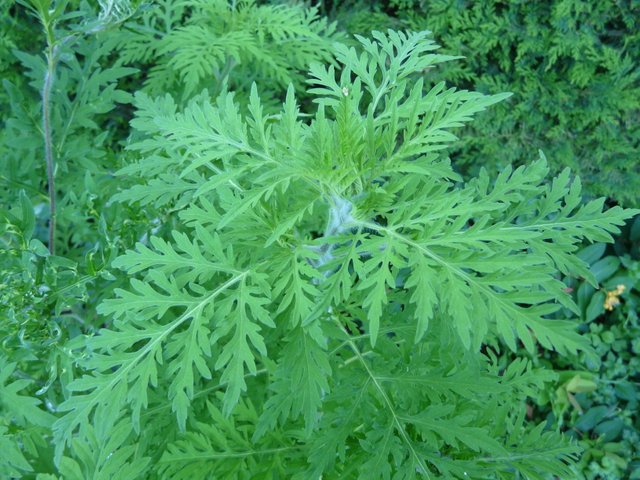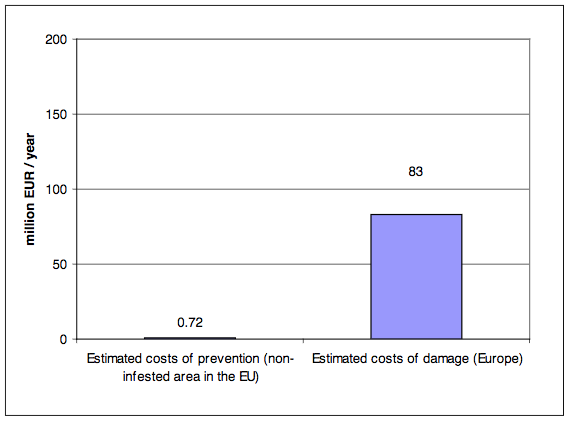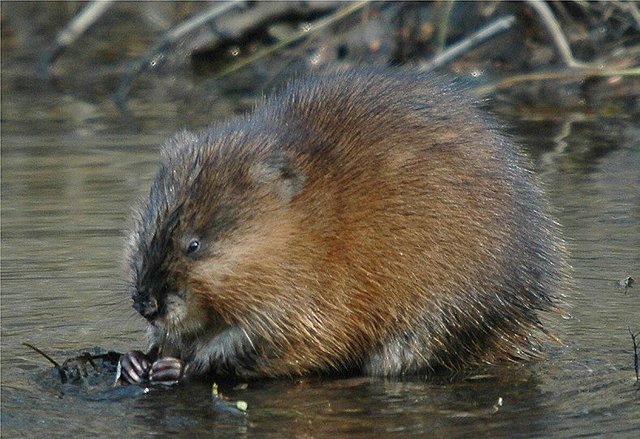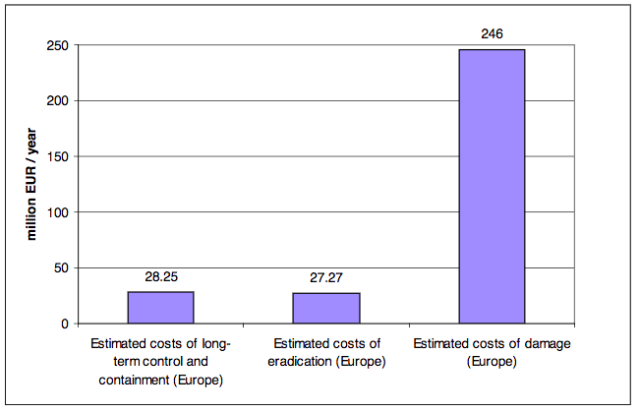Invasive Alien Species - the greatest environmental threat of the 21st century
"Globally, the cost of damage caused by invasive species has been estimated to be £1 trillion per year - close to 5% of global GDP. In developing countries, where agriculture accounts for a higher proportion of GDP, the negative impact of invasive species on food security as well as on economic performance, can be even greater." UN Partnership for Sustainable Development
We know that he human brain is not very good in processing information either too big or too small. The number on the damages and losses caused by invasive species around the world are so big that I'm afraid we end up not believing it and, worst, doing nothing about.
An article published on PNAS in 2016 discusses the damages and the losses caused by invasive species around the world, pointing for the risk of further losses, specially in developing countries depending on agriculture. Paini et al., 2016. Global threat to agriculture from invasive species. PNAS 113 (27) 7575-7579
That is why it is so important to repeat, over and over, the size of the threat of invasive species.
The document 'Technical Support to EU Strategy on Invasive Alien Species (IAS)', by UNEP-WCMC & IEEP, is a very comprehensive study on the valuation of the damages and losses, economical and environmental, imposed bay IAS.
Only in Europe, there are over 45 000 invasion events documented with more than 10,000 alien species reported. The majority are terrestrial plants (6357 corresponding to 60% of the total) followe by terrestrial invertebrates (2519/24%) and vertebrates (370/3%). Aquatic marine AIS correspond to 10% of the total ( 1069) while inland aquatic species account for 4% (480). According to Genovesi & Scalera, for 1094 species (11% of the total), there is documented ecological impacts and for 1347 species (13%), documented economic impacts.
The documented costs are in the order of €12.5 billion.year-1, being € 9.6 billionin damages and € 2.8 billion in control efforts. Based on the study of 136 species and the costs of 26 species, Kettunen et al. 2009 estimated that costs are actually in the order of € 20 billion.year-1.
Investment in combat measures could significantly reduce this costs.
Estimated by the Institute for European Environmental Policy (IEEP) shows that the investment to prevent (mainly by information campaigns) the spread of the common ragweed (Ambrosia artemisiifolia, bellow) to non-invaded areas in the EU, is radically lower than the extrapolated damages based on the species’ current range in Europe (see the graphic bellow).


The same goes for the muskrat (Ondrata zibethicus, see image bellow). The investment to control its spread, even though economically significant, is irrelevant compared to the damages cost.


A quote that has been circulating since 1900, "If you think education is expensive, try ignorance", beautifully applies to the combat of invasive species: If you think fighting them is expensive, try not doing anything!
Further reading
The Global Price of Invasive Species